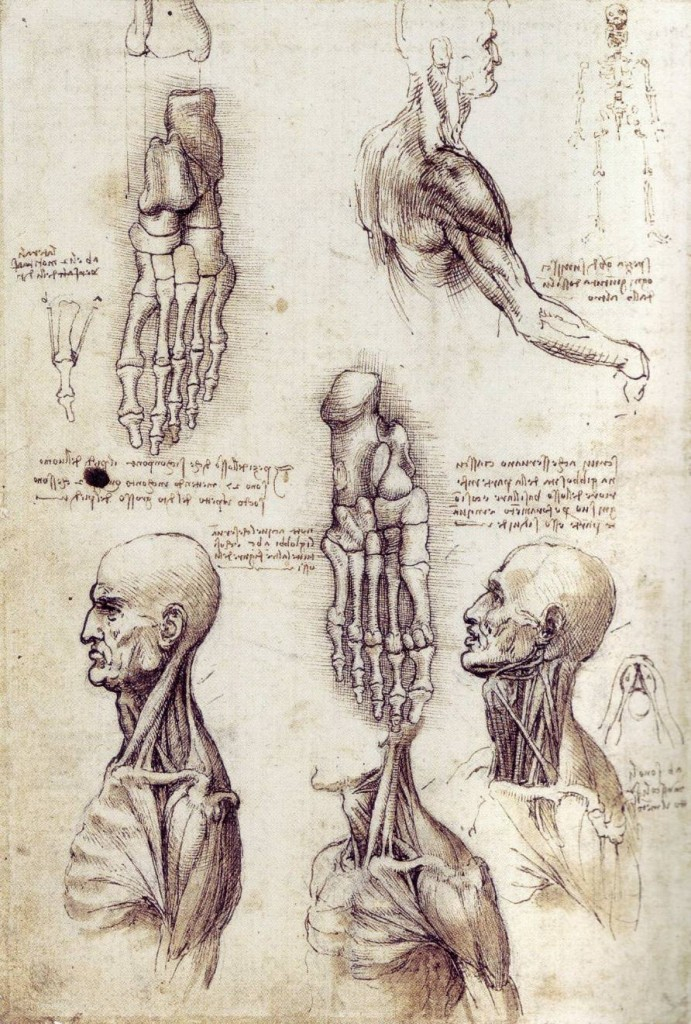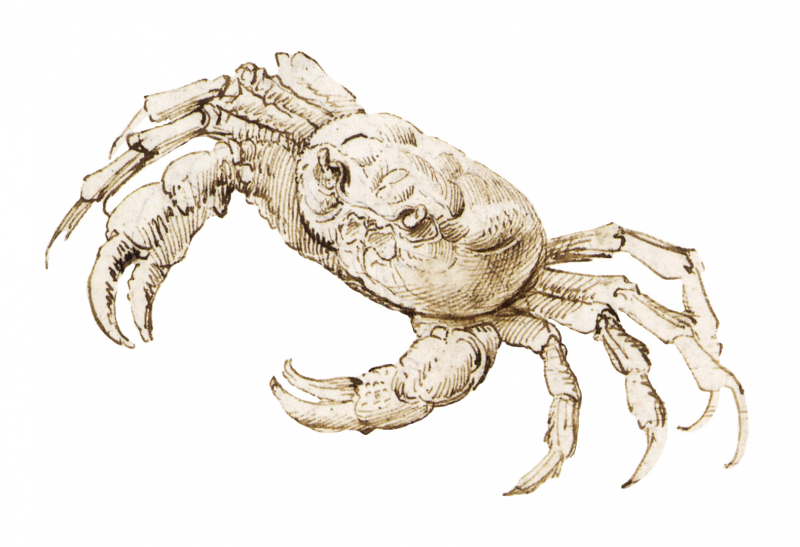He did an unprecedented detailed study of anatomy of humans and animals
Leonardo began his studies in anatomy with Verrocchio, his master, who believed that knowing it was vital to be a competent painter. Da Vinci was later permitted to dissect human bodies as a successful artist. He drew around 200 illustrations for an anatomy text he published. Leonardo's sketches and designs suggest that he studied human anatomy in great depth before the twentieth century. His studies, however, were not published until more than a century after his death, and then only under the title Treatise on Painting.
Da Vinci examined the anatomy of numerous different creatures, including cows, birds, monkeys, and frogs, in addition to human anatomy. Leonardo’s early anatomical studies dealt chiefly with the skeleton and muscles; yet even at the outset, Leonardo combined anatomical with physiological research. From observing the static structure of the body, Leonardo proceeded to study the role of individual parts of the body in mechanical activity. This led him finally to the study of the internal organs; among them he probed most deeply into the brain, heart, and lungs as the “motors” of the senses and of life.












